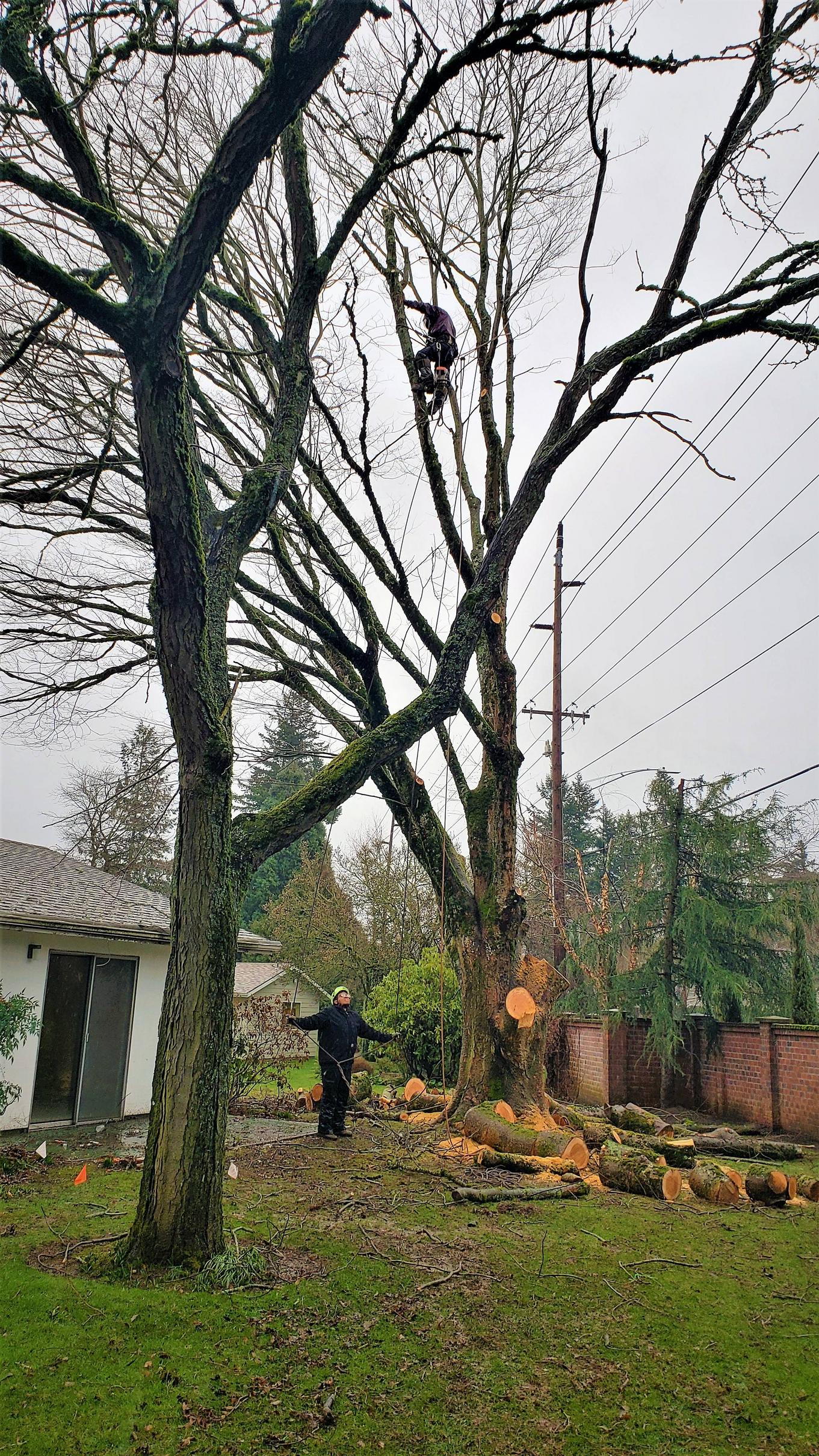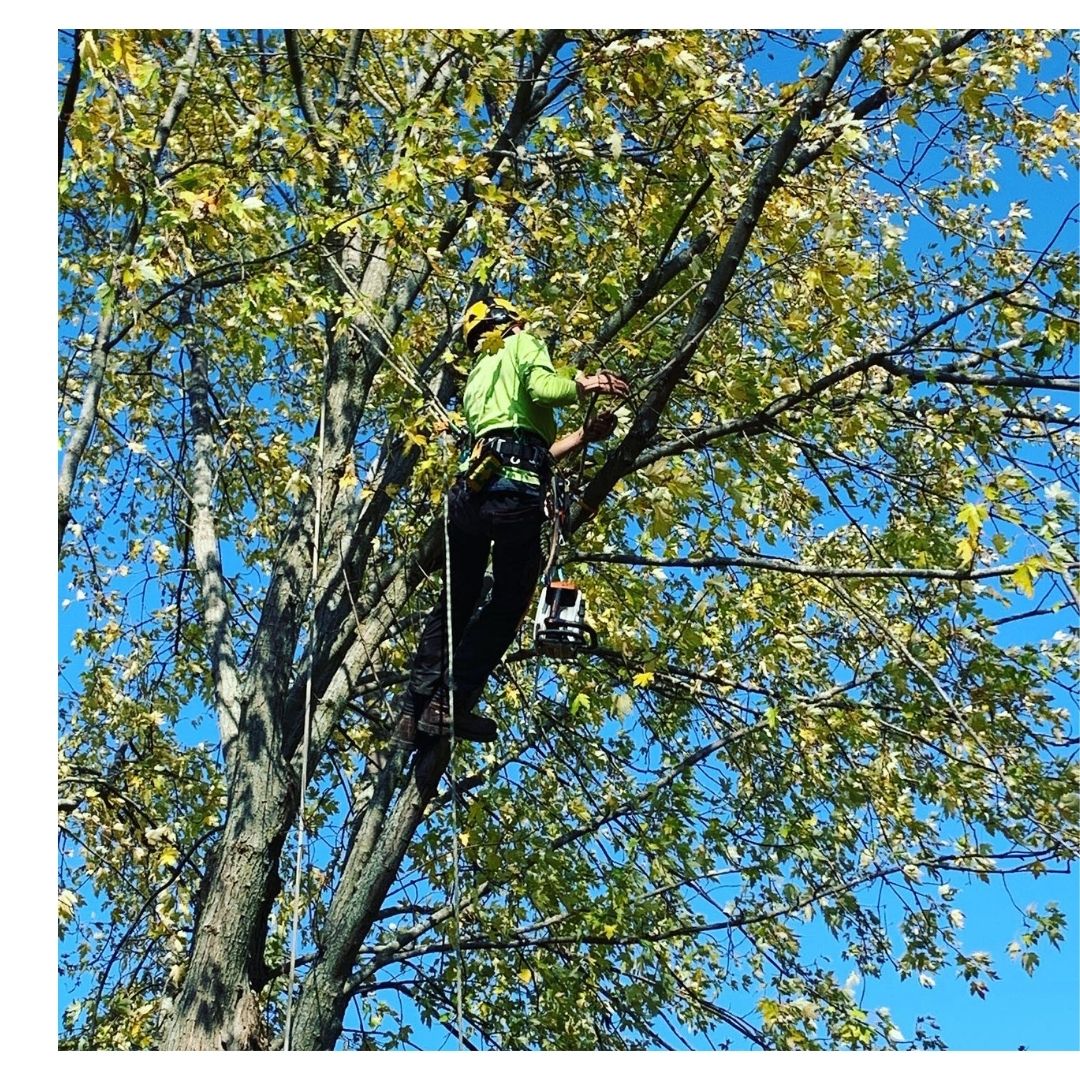What You Need to Know About Tree Removal
[ad_1]
Whether you are removing a tree from your property for your safety or to make it more usable, you need to know the proper ways to do it. These include the right permits, the right equipment, and the best practices.
Costs are based on tree species
Tree removal costs vary depending on the tree species, size, and location. Generally, small trees are cheaper to remove than large ones. They have shorter trunks and require less labor. On the other hand, removing a large oak tree can be a challenge.
If you want to get an estimate on the cost of tree removal, you should ask a reputable company about the health of your trees. It can be dangerous to have a sick or dying tree near your property. You may also be subject to fines if you fail to maintain a healthy tree.
Large and sick trees can cost more to remove. In addition, you might need to invest in additional equipment to safely take down a dead tree.
Prices can vary by state and city. For example, removing a large oak tree can cost more in the Seattle area than in rural areas. Some states require permits to be obtained before a tree is cut down.
Safety precautions when limbing a tree
Using proper limbing techniques will go a long way to minimizing the damage done to trees. Fortunately, MU Extension has put together a list of best practices that anyone can follow. For example, the oh-so-common mistake of using a saw to cut a limb will be avoided with proper safety equipment. This includes proper safety gloves and a harness to keep your hands and back safe.
Another key to reducing the damage to a tree is to maintain a limbing distance. By keeping a few extra feet between you and the tree, you are better positioned to avert an accidental collision.
One of the best ways to do this is to erect an aerial device. An aerial device allows you to see above the tree canopy and is a useful if you have a large tree to trim.
It is also prudent to use caution near overhead power lines. If you do plan to operate a chainsaw or other power tool, be sure to check the battery.
Repurposing fallen trees into firewood
Whether you have a tree in your yard or have recently had it cut down, there are many creative ways you can reuse the wood. Using it for firewood, landscaping or crafting are just a few of the possible uses.
If you are considering using fallen trees as firewood, the best way to go about it is to find out whether or not the tree is healthy and not damaged by insects or diseases. This will ensure that you are not throwing away anything that is still useful.
Another way to reuse fallen trees is to turn the wood into mulch. The scattered pieces can be used to provide kindling or compost for your garden.
One of the best uses for a fallen tree is to build a habitat for animals and plants. You can use the log sections to create a shady, dry place for many species.
Other ideas include a garden furniture set or a potting arrangement. Place the wood in a planter and fill it with soil.
Permit requirements
If you are planning to make a change to your home, including removing a tree or a tree stump, you need to understand the permit requirements for tree removal. The regulations for tree removal were created by the City to provide a uniform system for removing trees. They are designed to prevent harm to people, pets and property, and also to maintain the health and beauty of our natural landscape. In addition, these regulations are designed to protect the community and its residents by ensuring that any work is done in a safe and timely manner.
It is important to follow the right steps before and after you perform a tree removal, especially if you have to work near power lines. Wear protective gear, avoid metal tools that conduct electricity, and use wooden ladders or poles to access the tree. Also, take special care to check the area after your work is completed.
[ad_2]


